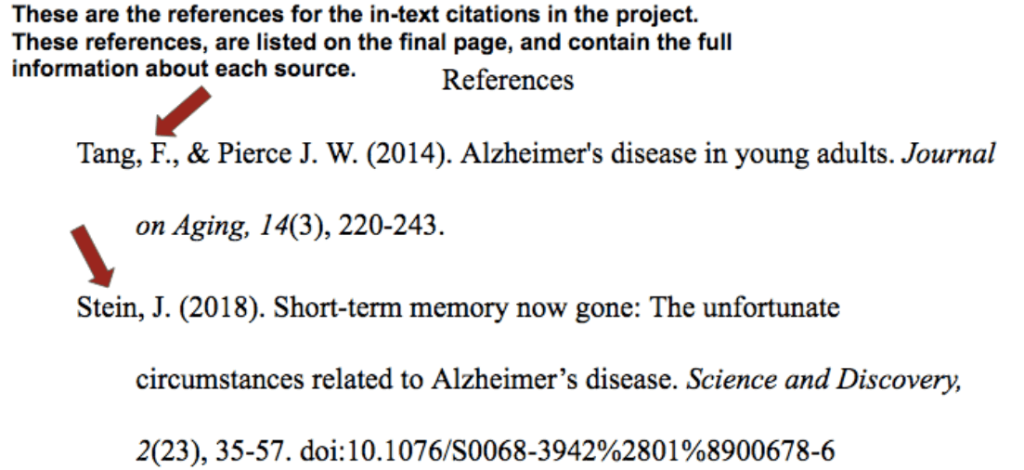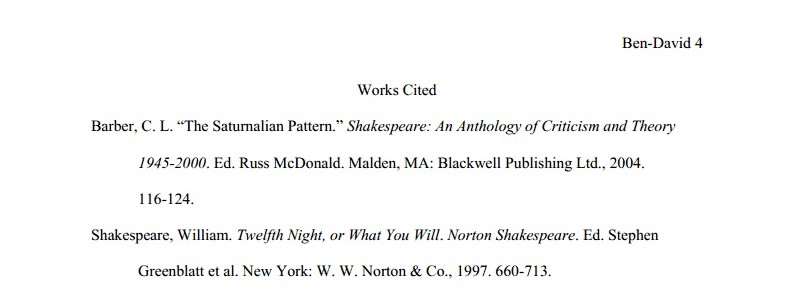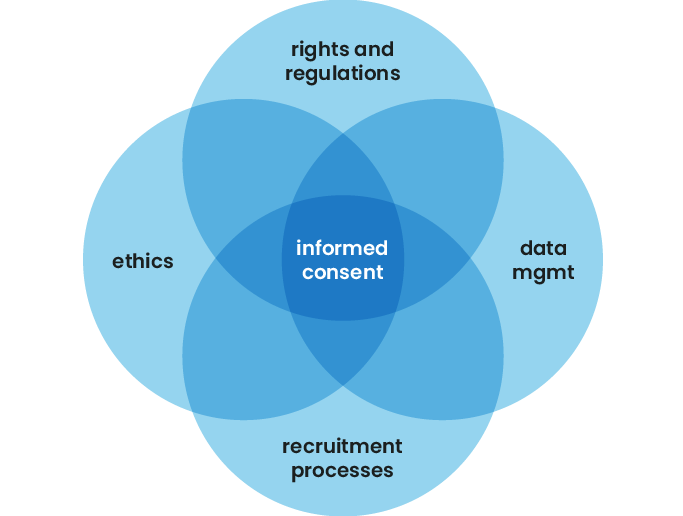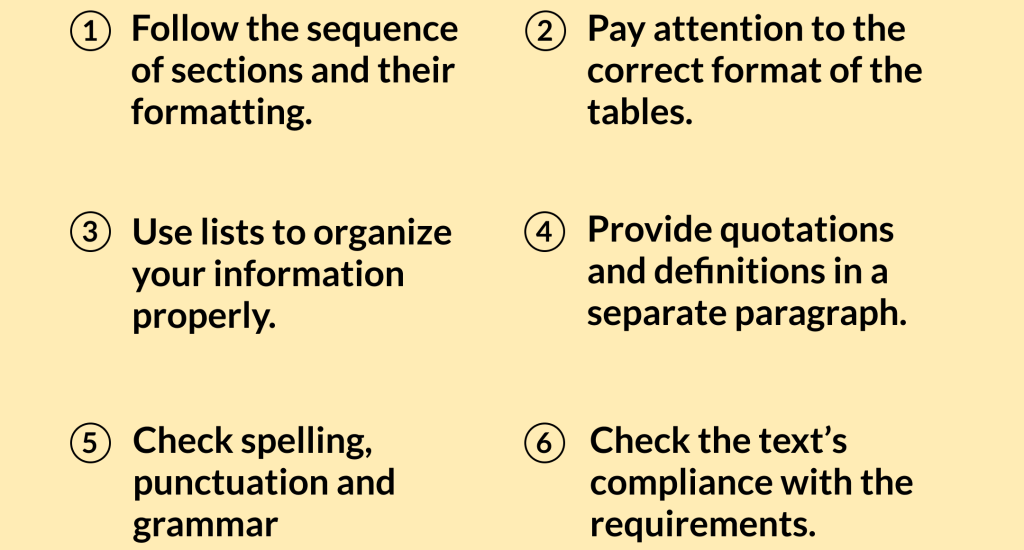
Table of Contents
In the dynamic field of nursing, research plays a crucial role in advancing patient care, shaping evidence-based practice, and driving innovation. A well-structured and formatted research paper serves as the cornerstone for disseminating findings, engaging with peers, and contributing to the broader body of nursing knowledge.
This comprehensive guide provides an in-depth look at effective nursing research paper formatting. It will cover everything from choosing the right style to crafting a compelling abstract and meticulously formatting citations and references.
Steps for Effective Nursing Research Paper Formatting
1. Choosing the Right Style Guide
The first step in navigating nursing research paper formatting involves selecting the appropriate style guide. This guide acts as a roadmap, dictating rules for everything from heading styles and font choices to the organization of text and the nursing research paper formatting of citations. While several style guides exist, two prominent ones dominate the field:
- American Psychological Association (APA) Style: Widely used in the social sciences, including nursing, APA style emphasizes a clear, concise, and objective writing style. This nursing research paper formatting style prioritizes readability and provides detailed guidelines for formatting references, tables, and figures.
Key Elements of APA Style:
1. Formatting:
- Margins: 1 inch on all sides.
- Font: Times New Roman, 12pt.
- Line Spacing: Double-spaced throughout the paper, except for titles, headings, and reference list.
- Page Numbers: Top right corner, starting with page 2.
- Running Head: Shortened title (50 characters max) on title page and subsequent pages.
- Title Page: Includes title, author name, affiliation, and page number.
2. Organization:
- Sections: Papers are divided into sections using headings and subheadings.
- Heading Levels: Use different heading levels (e.g., Level 1, Level 2, Level 3) to indicate hierarchy.
- Abstract: A concise summary of the paper, usually 150-250 words.
- Keywords: List of key terms, usually 3-5 words, following the abstract.
- References: A list of all sources cited in the paper.
- Appendices: Optional sections containing supplementary information.
3. Writing Style:
- Clarity and conciseness: Aim for straightforward and concise language.
- Objectivity: Avoid personal opinions and biases.
- Third-person voice: Use the third-person voice (e.g., “the researchers found”) instead of first-person (e.g., “we found”).
- Past tense: Use past tense to describe research findings.
- Active voice: Use active voice (e.g., “the participants completed the task”) over passive voice (e.g., “the task was completed by the participants”).
- Formal tone: Avoid slang, colloquialisms, and contractions.
4. Citations:
- In-text citations: Use author-date format (e.g., Smith, 2023).
- Reference list: Include full bibliographic information for all sources cited.
- Direct quotes: Include page numbers for direct quotes.
5. Specific Rules:
- Numbers: Spell out numbers one through nine, use numerals for 10 and above.
- Tables and Figures: Label and caption appropriately.
- Abbreviations: Define abbreviations the first time they are used.
- Capitalization: Use title case for titles and headings.

- Modern Language Association (MLA) Style: Primarily utilized in the humanities, MLA style focuses on literary and cultural analysis. While less common in nursing research, it might be used for papers with a strong emphasis on qualitative research or a critical analysis of nursing literature.
Key Elements of MLA Style:
1. Formatting:
- Margins: 1 inch on all sides.
- Font: Times New Roman, 12pt.
- Line Spacing: Double-spaced throughout the paper, including the Works Cited page.
- Page Numbers: Top right corner, starting with page 1.
- Header: Include your last name and page number in the top right corner of every page.
- Title Page: Not required, but it is often included. If used, it should include the title, your name, and the course name and number.
2. Organization:
- Sections: Papers are typically divided into sections using headings and subheadings.
- Heading Levels: Use different heading levels (e.g., Level 1, Level 2, Level 3) to indicate hierarchy.
- Works Cited Page: A list of all sources cited in the paper, alphabetized by author’s last name.
- Notes: Footnotes or endnotes can be used to provide additional information or commentary.
3. Writing Style:
- Clarity and conciseness: Aim for straightforward and concise language.
- Formal tone: Avoid slang, colloquialisms, and contractions.
- Third-person voice: Use the third-person voice (e.g., “the author argues”) instead of first-person (e.g., “I believe”).
- Present tense: Use present tense when discussing literary works.
- Active voice: Use active voice (e.g., “The character explores”) over passive voice (e.g., “The character is explored”).
- Analysis and interpretation: Emphasize critical analysis and interpretation of literature or other sources.
4. Citations:
- In-text citations: Use author-page format (e.g., Smith 123).
- Works Cited page: Include full bibliographic information for all sources cited.
- Direct quotes: Include page numbers for direct quotes.
5. Specific Rules:
- Titles: Italicize titles of longer works (e.g., books, plays, movies).
- Abbreviations: Use standard abbreviations (e.g., p. for page, ch. for chapter).
- Capitalization: Use title case for titles and headings.

2. Understanding the Essential Sections
A well-structured nursing research paper typically adheres to a standard format, providing a clear and logical flow of information. The key sections that you should be keen on during nursing research paper formatting include;

- Title Page: This is your research paper’s first impression. It should include the title, author’s name, affiliation, and the date. The title should accurately reflect the research topic and be concise, informative, and engaging.
- Abstract: The abstract acts as a concise summary of the entire paper, typically between 150-250 words. It should clearly articulate the research question, methods, findings, and implications. Aim for a captivating abstract that piques the reader’s interest and provides a succinct overview of your work.
- Introduction: This section lays the groundwork for your research. Begin with a compelling hook that introduces the topic and its relevance to nursing. Provide context by discussing the existing literature, identifying gaps in knowledge, and stating the specific research question or hypothesis.
- Literature Review: This section critically analyzes previous research on the topic, providing a foundation for your study. Synthesize relevant studies, identify patterns and discrepancies, and clearly explain the rationale for your research.
- Methodology: This section details the design, participants, data collection procedures, and data analysis techniques employed in your study. Aim for clear and precise descriptions, ensuring that readers can understand and replicate your research.
- Results: This section presents the findings of your research in an objective and unbiased manner. Use tables, figures, and statistical analyses to illustrate key results and support your interpretations.
- Discussion: This section offers an in-depth interpretation of the results, connecting them back to the research question and literature review. Discuss the significance of your findings, consider limitations, and propose potential implications for nursing practice.
- Conclusion: This section summarizes the key findings and reiterates their relevance. Conclude by suggesting future directions for research and highlighting the contribution of your study to the field.
- References: This section lists all sources cited in the paper, formatted according to the chosen style guide. Ensure that all references are accurate, complete, and consistent.
3. Mastering the Art of Formatting
Nursing research paper formatting extends beyond the organization of sections and delves into the meticulous details of presentation. Here’s a breakdown of essential considerations during nursing research paper formatting:
- Font and Font Size: The chosen font should be clear, legible, and universally accessible. Times New Roman or Arial are popular choices in nursing research paper formatting, with a standard font size of 12 points.
- Spacing and Margins: Double-spacing is typically used for nursing research paper formatting, ensuring readability and clarity. Standard margins of 1 inch on all sides provide ample white space for visual appeal.
- Heading Levels and Styles: Utilize clear and consistent heading levels (e.g., Level 1, Level 2) to guide the reader through the paper’s structure. Each level should follow specific formatting rules based on the chosen style guide.
- Tables and Figures: Tables and figures are powerful tools for presenting data and illustrating key findings. Ensure that they are clearly labeled, titled, and referenced within the text. Follow the style guide’s guidelines for formatting tables and figures.
- Numbering and Pagination: Assign page numbers to all pages, including the title page. Use a consistent system for numbering sections and headings.
4. The Importance of Clarity and Conciseness
Writing style plays a crucial role in nursing research paper formatting. Aim for clarity, conciseness, and objectivity in your writing. Here are some key points to consider in your nursing research paper formatting.
- Active Voice: Use the active voice whenever possible. This conveys a sense of directness and strengthens the paper’s impact.
- Avoiding Jargon: While technical terminology is essential in some contexts, avoid unnecessary jargon that may obscure meaning for readers outside your specialty.
- Sentence Structure: Keep sentences concise and grammatically correct. Vary sentence length for readability, but avoid overly complex or convoluted structures.
- Use of Quotations: Use quotations sparingly and only when essential. Paraphrase information when possible and always cite sources correctly.
5. The Power of Citations and References
Accurate and consistent nursing research paper formatting of citations and references is crucial. They provide credibility to your work and allow readers to track the source of information.
- In-Text Citations: Use in-text citations within the paper to acknowledge the sources of your information. Follow the style guide’s guidelines for citation formatting.
- Reference List: The reference list at the end of the paper should provide complete details of all sources cited in the text. Format references according to the chosen style guide, ensuring accuracy and consistency.
6. The Final Proofread
A thorough proofread is a crucial part of nursing research paper formatting. It ensures that your paper is error-free, polished, and ready for submission.
- Grammar and Spelling: Check for grammar and spelling errors. Pay attention to subject-verb agreement, pronoun usage, and common spelling mistakes.
- Clarity and Consistency: Review the entire paper for clarity, coherence, and consistency in style, language, and formatting.
- Accuracy: Ensure that all citations and references are accurate and correspond to the information cited in the text.
- Formatting: Double-check that all formatting elements, including headings, font, spacing, and margins, are consistent and adhere to the chosen style guide.
7. Specific Considerations for Nursing Research
Nursing research paper formatting often requires specific considerations due to the unique nature of nursing research. Here are the main considerations that should take precedence in nursing research paper formatting.

- Ethics and Consent: If your research involves human subjects, ensure that your paper includes a detailed description of ethical considerations, informed consent procedures, and adherence to relevant ethical guidelines.
- Data Protection: Adhere to data protection guidelines and ensure that all information presented in your paper is anonymized and protected.
- Clinical Implications: Clearly articulate the clinical implications of your research findings, highlighting their potential impact on nursing practice, patient care, and healthcare outcomes.
8. Submitting Your Work
Once you are done with proper nursing research paper formatting and proofread, you’re ready for submission.
- Target Journal: Carefully select a reputable journal that aligns with the scope of your research. Review the journal’s submission guidelines and formatting requirements to ensure your paper meets their specific standards.
- Cover Letter: Include a well-crafted cover letter outlining the significance of your research, its contribution to the field, and why it is a suitable fit for the chosen journal.
- Submission Process: Follow the journal’s online submission process carefully, including uploading all necessary documents and completing required fields.
Common Mistakes to Avoid in Nursing Research Paper Formatting
While diligently following a style guide is crucial, even experienced researchers can fall prey to common pitfalls that can detract from the overall quality and impact of their nursing research paper formatting. Here are some critical mistakes to avoid during nursing research paper formatting.
1. Inconsistent Formatting:
- Mixing Styles: Using elements from different style guides (e.g., APA for headings and MLA for citations) creates a disjointed and unprofessional look. Choose one style guide and stick to it consistently throughout the entire paper.
- Uneven Margins and Spacing: Inconsistent margins and spacing create a visually unappealing paper that can make it challenging to read. Ensure all margins are uniform (typically 1 inch) and double-spacing is maintained throughout.
- Varying Font Choices: Using multiple fonts in the same paper can be distracting and unprofessional. Choose a single font (like Times New Roman or Arial) and stick to it consistently for both the body text and headings.
- Inconsistent Heading Levels: Using different formats (e.g., bold, italic, underlining) for headings of the same level can make the paper look disorganized and difficult to navigate. Follow the specific formatting rules outlined by the chosen style guide for each heading level.
2. Citation Errors:
- Incomplete Citations: Ensure all in-text citations and references contain the complete information required by the style guide, including author names, publication year, and source details.
- Incorrect Citation Format: Pay close attention to the specific nursing research paper formatting requirements of the chosen style guide for in-text citations and references. Ensure consistency in formatting and punctuation.
- Missing Citations: Every idea or piece of information borrowed from another source must be properly cited. Failing to do so constitutes plagiarism, which can have serious consequences.
- Unclear References: Use clear and consistent referencing practices. For example, use “et al.” when citing works with three or more authors.
3. Overlooking Content Clarity:
- Lack of Clarity in Research Question: A clear and concise research question guides the entire paper. A vague or overly broad research question can lead to a disorganized and unfocused paper.
- Weak Literature Review: A well-structured and comprehensive literature review is essential for establishing context and demonstrating the relevance of your research. A shallow or irrelevant literature review can weaken the paper’s impact.
- Insufficient Data Presentation: Clearly present your findings using tables, figures, and statistical analysis. Avoid overwhelming the reader with unnecessary details, but ensure that all key results are clearly and effectively presented.
- Unconvincing Discussion: The discussion section should connect your findings to the research question, existing literature, and broader implications. A weak or unfocused discussion can undermine the overall strength of your paper.
4. Proofreading and Editing Oversights:
- Grammatical and Spelling Errors: Thorough proofreading is essential. Even small grammatical or spelling errors can detract from the paper’s professionalism and credibility.
- Typographical Mistakes: Typos can be embarrassing and make the paper look unprofessional. Use spellcheck and grammar check tools, and carefully review the paper for typos and inconsistencies.
- Lack of Coherence: Ensure that all sections of the paper flow smoothly and logically. Transitions between sections should be clear and effective, and the overall narrative should be engaging and easy to follow.
- Ignoring Journal Guidelines: Before submission, carefully review the specific formatting requirements of the target journal. Adhering to these guidelines ensures that your paper is presented in a manner that aligns with the journal’s standards.
5. Underestimating the Importance of Visual Appeal:
- Poor Formatting Choices: While adhering to style guide guidelines is essential, also consider how your nursing research paper formatting affects visual appeal. Use headings to break up long sections of text and create visual cues for the reader.
- Unclear Tables and Figures: Ensure that tables and figures are well-formatted, labeled clearly, and referenced appropriately within the text. Use these elements to enhance clarity and provide a visual representation of your findings.
- Insufficient White Space: Too much text without white space can make the paper look cluttered and difficult to read. Use appropriate margins, spacing, and headings to create a visually appealing and inviting layout.
Final Thoughts

Effective nursing research paper formatting is essential for communicating research findings, building credibility, and advancing the field of nursing. By adhering to established style guidelines, organizing sections logically, and paying meticulous attention to nursing research paper formatting details, you can craft a compelling and impactful research paper that earns recognition and contributes to the growing body of nursing knowledge.
Get Professional Nursing Research Paper Formatting Help
At Nursing Papers, we can help you with effective nursing research paper formatting. Our writers are experienced in all the nursing research paper formatting styles and will successfully craft your paper to the desired format. Besides formatting, we can also assist you with nursing research paper writing, proofreading, editing and plagiarism removal. We specialize in customized academic writing services for nursing research papers, essays, case studies and dissertations.







